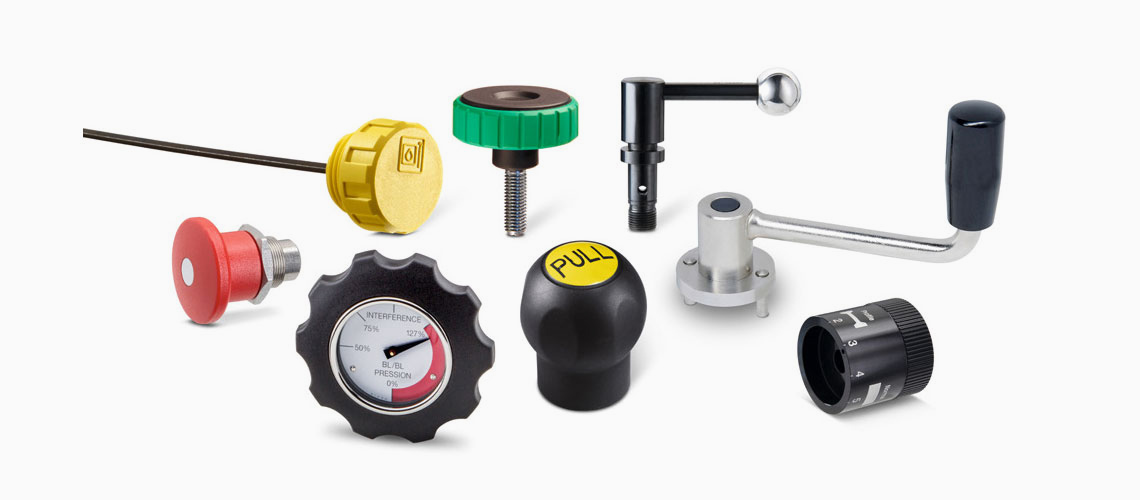Addendum: height of the top land, ie the part of the tooth between the pitch circle and the addendum circle.
Addendum circle: circle that delimits the top of the tooth.
Backlash: distance between the teeth of two gears coupled to each other. The backlash can also be conceived as the difference between the real distance between the centers of the shafts on which the gears are mounted and the operating distance measured as the sum of the pitch rays of the two toothed gears. A negative backlash (with a real distance lower than the operating distance) brings the teeth of the gears to be closer to each other, resulting in greater contact between the teeth and therefore a greater difficulty in the gearing, with the risk of seizure. A positive backlash leads to a reduction in the risk of seizing but, if excessive, reduces the contact between the teeth limiting the transmitted torque and lowering the transmission efficiency.
Bottom land: part of the tooth that lies below the pitch circle.
Circular pitch: distance between two homologous points of two consecutive teeth, measured along the pitch circle. The circular pitch allows to calculate the gear module and is a fundamental measure to evaluate if two toothed gears can be coupled: toothed gears with different pitches cannot mesh with each other.
Dedendum: height of the base of the tooth, ie the part of it that is between the root circle and the pitch circle.
Driven shaft: a cylindrical transmission element of various length and thickness, which receives motion from a driving shaft or a driving gear.
Driving shaft: cylindrical transmission element of various length and thickness, to which the driving force generated by a machine is applied and which transmits motion and power.
Face of a tooth: lateral surface of the tooth lying above the pitch circle.
Face width: axial size of the tooth.
Flank of a tooth: a lateral surface of the tooth lying below the pitch circle.
Friction: frictional force that occurs in the contact between two bodies pressed against one another, which hinders their relative movement. The presence of friction implies a loss of mechanical energy, dissipated in heat.
Gear: mechanism used to transmit movements from one shaft to another, by means of a pair of toothed parts, mostly gears. It generally consists of two or more toothed gears, which can be of equal or different size.
Lubricant: a substance, generally liquid, used to minimise friction between two surfaces that are creeping over one another and used to protect mechanical parts subject to wear. For Elesa gears it is recommended to use lubricating greases based on lithium soaps and synthetic oil.
Module: ratio between the pitch diameter of the gear and the number of teeth of the gear. It is one of the parameters characterising the teeth of a gear: so that two gear wheels can mesh, they must have the same module.
Operating distance: theoretical distance between the centers of the shafts on which the gears are mounted. It is given by the sum of the pitch rays of the two toothed gears.
Pinion: in a two toothed gear system, the pinion represents the smaller diameter wheel. It is also the toothed gear that mates to a rack (considered as an infinite radius gear) to transform the translational motion into linear or vice versa.
Pitch circle: circle along which the contact of the pair of toothed gears occurs.
Pressure angle: angle between the tangent to the pitch circle and the normal to the tooth surface, both taken at the point where the pitch circle comes into contact with the tooth surface. It is a fundamental feature of the toothing: only gears with the same pressure angle can be coupled together.
Rack: a rack is a linear gear (a gear with infinite radius) that together with a toothed gear, called a spool or pinion, is used to convert the rotary motion into continuous linear motion or vice versa.
Root circle: circle that delimits the base of the tooth.
Space width: length of the arc of a pitch circle between two consecutive teeth. It represents the empty space between two teeth.
Super Gear: gears with teeth parallel to the cylinder axis that allow the transmission of motion between two parallel axes.
Tooth: protruding element externally or internally from the root circle and allowing, by contact with another tooth of a second transmission element, the transmission of the torque or force between two different transmission units.
Tooth thickness: length of the pitch circle arc delimited by a tooth.
Top land: part of the tooth protruding from the pitch circle.
Wear: consumption of a material due to rubbing with other material.



